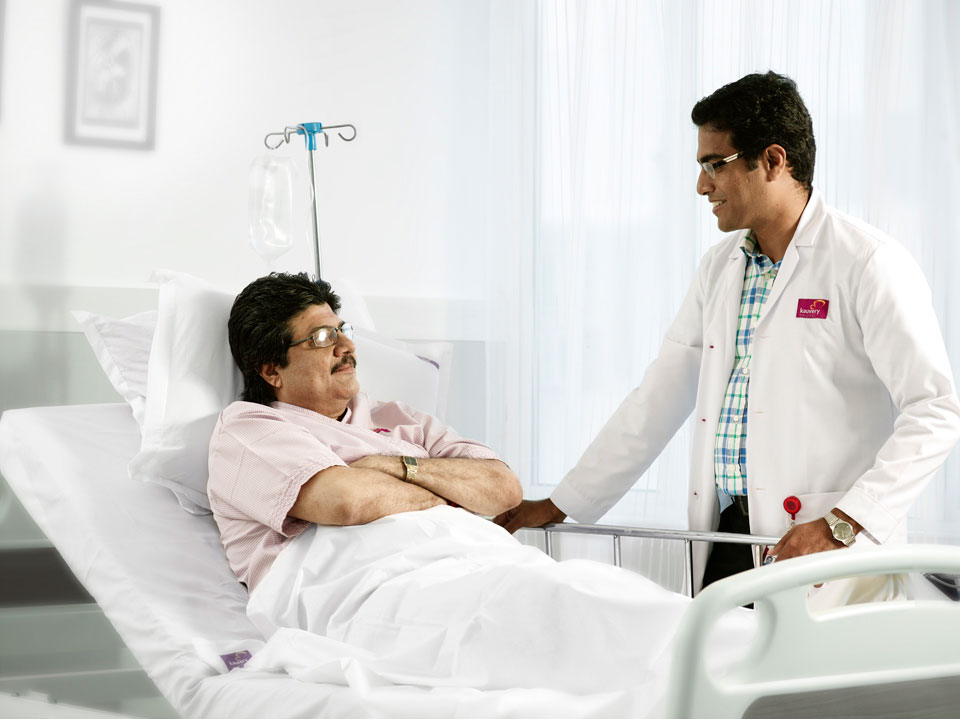Even though India has a large population of youth and middle aged adults. The population of the older aged adults is increasing steadily. Men, mostly around the age of retirement develop symptoms related to passing urine. Commonly the initial symptoms are variation in urinary flow, sense of incomplete emptying, straining and taking long time to empty the bladder. Later symptoms are increased frequency, urgency, leaking of urine before reaching the washroom some times associated with pain and burning.
Most of the symptoms are insidious in nature and tolerable, so people postpone seeking medical help. Certain people, do periodic health check ups and refer to a urologist. Others see the doctor when symptoms are not tolerable. Some develop complications like retention of urine, blood in urine, recurrent urinary infection and stones in urinary bladder before consulting a doctor. Few of them come very late with abnormal kidney function with chronic retention.

Common reason for the above symptoms is age related enlargement of Prostate (Benign prostatic hyperplasia), prostate is a secondary sexual organ situated below the base of urinary bladder with an average size between 10 to 20cc (size of a full betel nut). The size of the prostate gland increases after the age of 30 but the symptoms starts to appear predominantly after 60 years.
Enlarged prostate initially narrows the urinary passage and the later stages affect the function of the urinary bladder, which restricts the normal activity of the individual due to bothersome urinary symptoms like urgency and incontinence.
After general and Digital rectal examination (DRE) along with an Ultrasound, blood and urine analysis, treatment options are then explained. 90% of the patients respond well to life style modifications and medications. The rest with bothersome symptoms and those who developed complication need a surgical procedure.
Electric surgeries (TURP) are done commonly through the urinary passage. Enlarged prostate is removed by scrapping using an under-water current. Electric surgeries are not safe on a large prostate (more than 70cc), patient on blood thinners, poor cardiac function and patients with multiple co-morbid illnesses. Bleeding, incomplete removal and prolonged hospital stay makes TURP a risker option.
Lasers are used in treating enlarged prostate for more than a decade. Holmium Nd:yag Laser (100 watt) has become the new golden standard for managing patients with prostate more than 70cc. The procedure involves enucleation and morcellation of the enlarged prostate (HoLEP) is done through the urinary passage.
The advantages over the other methods are less blood loss, shorter hospital stay, superior outcome and greater safety. The procedure can be safely done for patients on blood thinners and for those with poor cardiac function.

Dr M Jeevagan MS(Gen), DNB(Urology)
Senior Consultant Laser,
Laparoscopy & Endourology
Kauvery Hospital Chennai.

